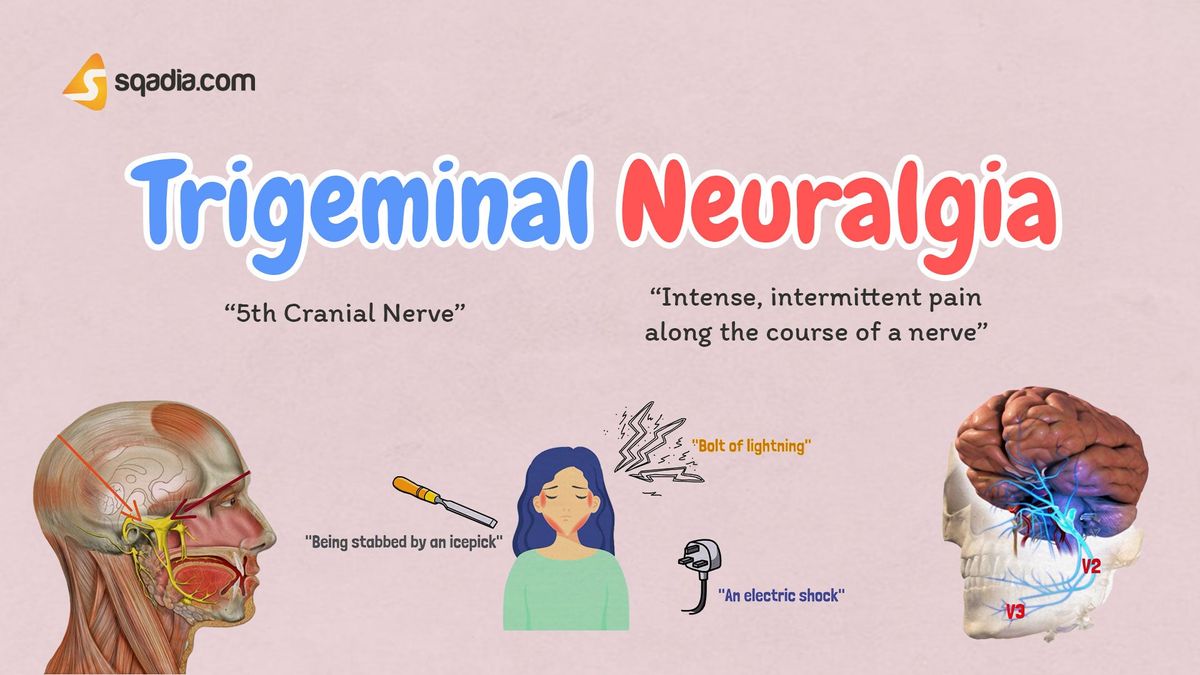Trigeminal Neuralgia Surgery

Trigeminal neuralgia is a painful nerve condition. It can be caused by pressure from blood vessels. These blood vessels come into contact with the trigeminal nerve at a susceptible spot, resulting in painful attacks for some people. Surgery is one option for treating this condition. However, there are risks associated with this surgery.
Treatment options for trigeminal neuralgia
There are many treatment options for trigeminal neuralgia, including surgery and medications. While medications are the preferred method of treatment, medications can't provide relief for everyone. It would be best if you talked with a doctor about your options to find the best solution for your specific case.
The most common treatment for trigeminal neuralgia involves muscle relaxants and anticonvulsants, which block the nerve from receiving pain signals. These medications are often the initial treatment for the condition and are used for as long as the pain is controlled, and side effects do not interfere with a patient's daily activities. However, these medications must be taken regularly to maintain a consistent level in the bloodstream.
Diagnosis
A neurologist can diagnose trigeminal neuralgia by examining the patient's neurological symptoms and medical history. They will also perform a complete physical exam, including an examination of reflexes. In severe cases, an MRI can be performed to take detailed images of the brain and assess if there is an underlying condition, such as a tumor.
Trigeminal neuralgia, also known as tic douloureux, is a chronic pain condition affecting one or more divisions of the trigeminal nerve. It causes intense facial pain that usually lasts up to two minutes. The pain can be very intense and affect a person's quality of life.
Treatment options
You may have several treatment options if you are diagnosed with trigeminal neuralgia. The first option is to seek treatment from your primary care provider. However, you may also want to see a neurologist. Several treatments are available, including radiofrequency thermal ablation and glycerol injections in the trigeminal cistern. Although they do not cure the condition, they can provide pain relief.
Another treatment option is microvascular decompression. This procedure works by moving a blood vessel away from the trigeminal nerve. Often, a thin-cut MRI will help determine whether a blood vessel is pressing on the nerve. Once the blood vessel is moved away, insulation within the nerve is restored. This procedure has a high success rate and is the most common form of treatment for trigeminal neuralgia.
Risks of surgery
There are risks associated with surgery for trigeminal neuralgia headache-producing disorder. Although the procedure results are generally positive, some patients experience side effects that make the experience unbearable. These side effects may include headaches, dizziness, or even skin rashes. In addition, there is an increased risk of infection and bleeding after the procedure. Patients are also subjected to a small risk of anesthesia Dolorosa, an unpleasant sensation during surgery.
Surgery for trigeminal neuralgia can be an invasive procedure. It is necessary to be aware of the risks before undergoing surgery. Trigeminal neuralgia may have two different types. The first type is caused by a tumor, while the second type is caused by pressure from an artery or another medical problem. A vascular disorder like MS or facial trauma can also cause pressure on the trigeminal nerve.




